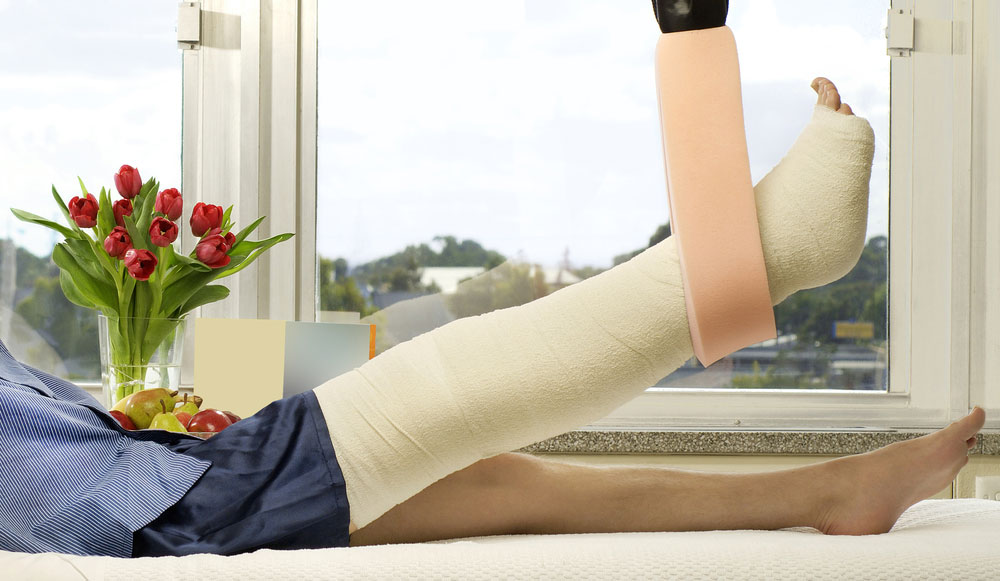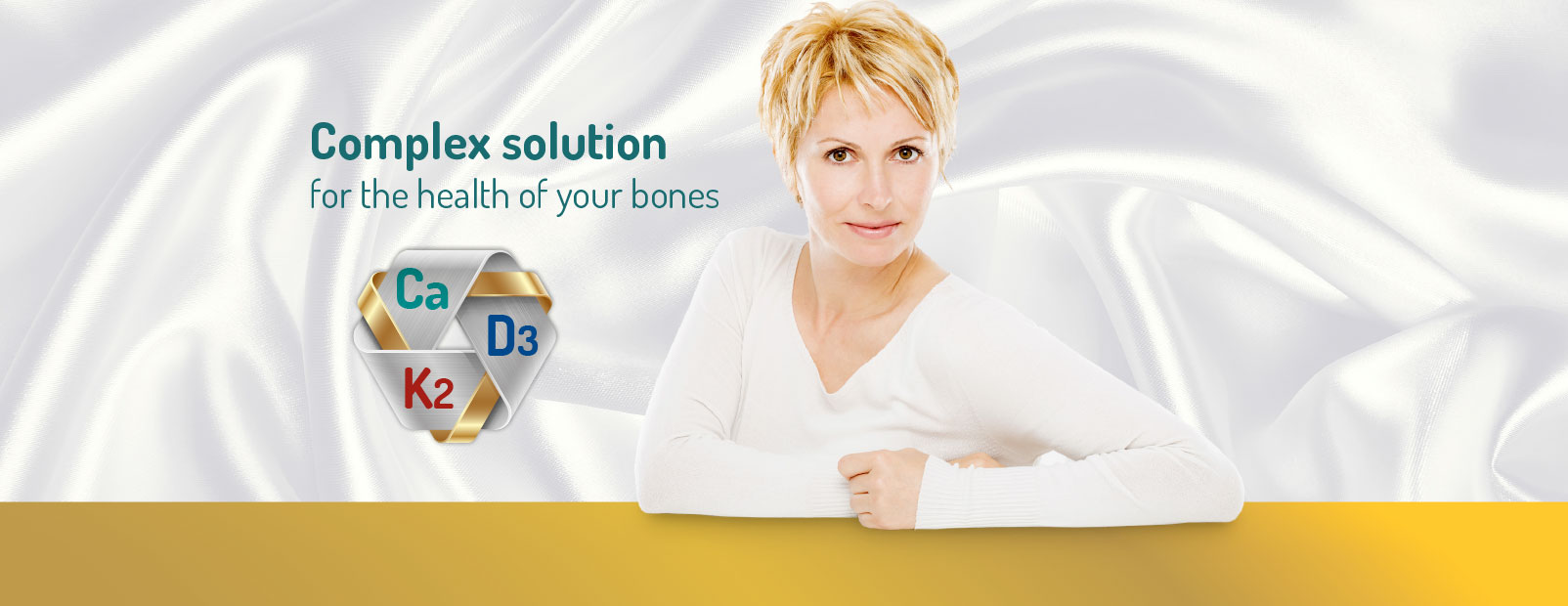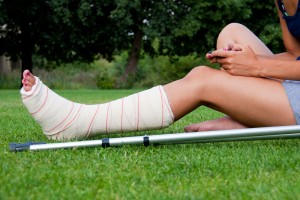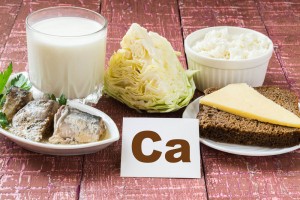Bone is a living organism and, fortunately, has an amazing ability to regenerate. It is constantly in the process of breakdown and formation of new bone tissue and old bone can be fully restored in several months. This is true also in case of fracture when the body can mobilize its forces and heal the broken bones completely. It is difficult and long process that requires rest and, in most cases, immobilization of the broken parts. Balanced diet and sufficent intake of calcium is one important component of the treatment. Daily dose of 1,500 mg calcium may speed up the healing process of the bone fracture in adult.
The fractures caused by accident
Fractures cause by accident are formed by the action of forces on the bone, which are larger than its strength. As a result, the bone can crack or completely break in case of fall or collision
How does fracture heal?
When the bone breaks, the surrounding vessels are damaged as well, and it leads to contraction of vessels with aim to minimize the bleeding. In damaged site, the platelets create a sort of a plug and stabilize the site. Because a certain amount of blood gets into the surrounding tissues, the site of fracture tends to be accompanied by sweeling that lasts few days. Damaged tissue at the end of broken bones gradually dies and cells called osteoclasts begin to remove it. After four to ten days of injury the collagen fibres start to be formed in the plugs by fibroblasts. They start to build a kind of “bridge”, in the form of fibrous connections, between two broken ends of the bones. The osteoblasts transform this “bridge” into osseous form in the next phase. This phase may last up to three to four months until the injured site is completely healed. At the end of the treatment process, osteoblasts and osteoclasts remodel the site into a strong bone.

Use of calcium combined with vitamin D3 and K2 can shortened the healing proces and accelerate the regeneration of broken bones.
Stress fractures
Unlike traumatic fractures they are not caused by accident or fall. The stress fractures are caused by overload and although they are not common, they can happen in professional athletes and also in those people who do sport on recreational basis or in people who are not doing any sport. The stress fractures are not related to age and a long-term overload is a reason for their development. The contributing factor for develompent of stress fracture in women is wearing improper shoes, such as shoes with very high heels, which result in abnormal development of the foot. These fractures occur gradually and in many people they are not even diagnosed. The bones may develop microscopic cracks, which are continuously healed. However, if the bone is not overloaded anymore, the bone can break completely.
As long as the stress fracture is treated in timely manner, it is treated as any other fracture by immobilization, and rehabilitation. In the later stages the methods of bone fixation are used. For speeding up the healing process, it is appropriate to use calcium in combination with vitamin D3 and K2.











